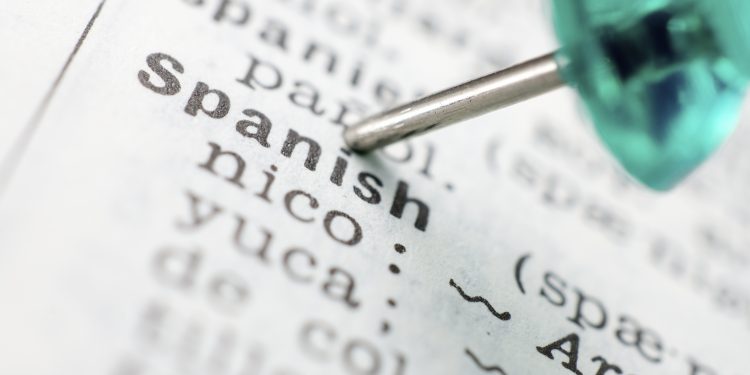Good news for anglophones from the Spanish Royal Academy and its associates across the Spanish-speaking world. According to the latest changes to the Academy’s Ortografía – spelling dictionary – the letters “ch” and “ll,” pronounced “che” and “ehyay” (more or less) will not be considered as individual letters in the new edition due out mid-December.
The changes, along with others, were approved this past weekend by 22 Spanish language academies during the international book fair in Guadalajara, Mexico.
What this means for the Spanish speaker is that the alphabet is reduced to 27 letters from 29, while ñ remains the letter that is additional to the 26 letters in English.
What it means for the English speaker is that he or she will no longer have to look up words like chino and llamar twice. Even after years of learning Spanish, the native English speaker will occasionally turn to the “c” section to find a word beginning with “ch,” and, just too late to stifle a muttered complaint about a useless dictionary that doesn’t contain a simple common word like chile, remember that the ch‘s come after the c‘s. A similar false charge may be uttered against the publishers when looking up llano or llave.
One wonders, or at least the present writer does, whether Spanish speakers will suffer a reverse effect, and discover in a search for “chusco” that the dictionary has had pages torn out. The dog and the kids will be the immediate suspects, illogically so, since none of them have ever been known to pull a dictionary off a shelf.
The elimination of separate sections for words beginning with ch and ll may arrive just a little bit late to have any practical effect on today’s generations, many of whom are too “busy” at their screens to even bookmark a good online dictionary, but simply type their enquiries into Google. Online searches obviate the skill of estimating how far into the book the letter “l” ought to be before opening it. Owning the special print edition – 800 pages according to reports — is something of a luxury for the nostalgic.
Other upcoming changes include no more accents on “solo,” even when it used as the adverb “only,” (as opposed to adjective “alone”). No space between ex and novia, for example, just exnovia. Some q’s will be replaced with c’s, so quórum becomes cuórum, and Qatar becomes Cátar.
The letter y will stop being called I griega, literally “Greek I,” and instead be “ye” which is how it’s referred to in algebra, at least in Mexico. B will be “be” and not “b alta” (in Mexico “b grande”) and “v” will be the Spanish “uve” and not the Latin American “be corta.” (or in Mexico “be chica”).
Apparently the changes are proposals, and not binding, but be prepared for arguments anyway.
See Also: Learn Spanish
Mexico in your inbox
Our free newsletter about Mexico brings you a monthly round-up of recently published stories and opportunities, as well as gems from our archives.



